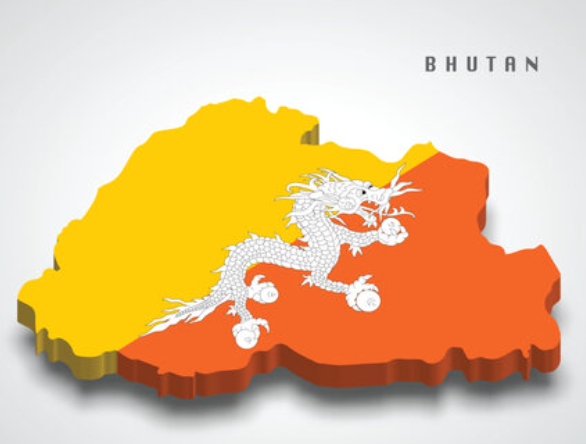Essential Bhutanese Greetings and Phrases for Tourists
Appearance
- Kuzu Zangpo La (ཀུ་དུ་བཟང་པོ་ལ) Translation: Hello / Welcome! This is the standard greeting used throughout Bhutan.
- Tashi Delek (བཀྲིས་བདེལེགས) Translation: Best wishes / Good luck! Commonly used to convey good wishes and blessings.
- Kadrin Cheyla (ཀ་དྲིན་ཆེ་ལ) Translation: Thank you. A polite expression of gratitude.
- Ga Day Bay Zu Yoe Ga? (ག་སྡེ་བསུ་ཡོད་ག?) Translation: How are you? A common way to inquire about someone's well-being.
- Ney Gi Ming... Inn La (ངེ་གི་མིང་... ཨིང་ལ) Translation: My name is... Useful for introducing yourself.
- Chhoe Gi Ming Ga Chi Mo? (ཆོས་གི་མིང་ག་ཆི་མོ?) Translation: What is your name? A question to ask someone's name.
- Log Jay Gay (ློག་ཇེ་གཌ) Translation: Goodbye. A farewell expression.
- Chhe Zhi (ཆེ་ཞི) Translation: Thank you. An alternative expression of gratitude.
When greeting, it's customary to add "la" at the end of sentences as a sign of respect. Additionally, while handshaking is becoming more common, especially in urban areas, a traditional Bhutanese greeting involves a slight bow with open hands held out and palms facing up.
Learning these phrases and understanding local customs will enhance your experience and interactions during your visit to Bhutan.
